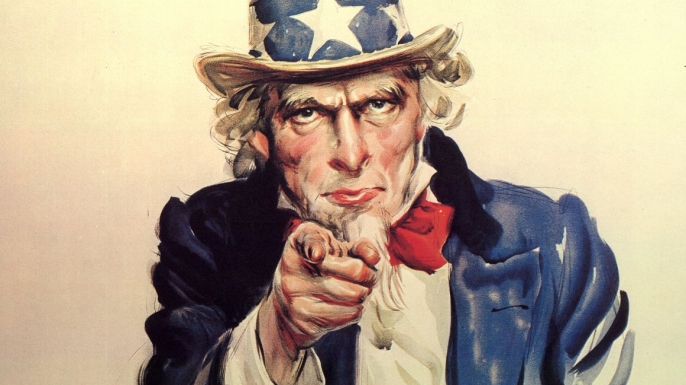
Second edition of a column discussing controversies and issues within the national collegiate sphere
Symbolism is ingrained within every society; it is one of the defining and most important characteristics of unique populations. Before one can comprehend a group’s culture, one must first understand the deeply embedded symbolism that exists within. Without proper knowledge of a society’s relevant symbols, one often misinterprets the normative implications established by their existence. Symbols carry a specialized social capital with them in that only those privileged enough to be included within a community can completely understand the significance of their nature.
Symbols are distinctly precarious because the same symbol can hold an entirely different connotation based upon the society in which it is being evaluated. The swastika, an ancient Sanskrit and Native American representation for universal welfare, is rarely associated with such a welcoming message today, for the Nazi Party’s misuse of the emblem permanently destroyed the sanctity and original essence. Comparably, a “thumbs-up” in Russia holds a dangerously different connotation than it does in America. Simple colors can even hold noticeably different meanings based on location. The color white, which symbolizes marriage and peace within many cultures, simultaneously symbolizes death within Japanese culture.
Rosie the Riveter, the Statue of Liberty and the Bald Eagle are all commonplace symbols that harbor intense patriotism across the United States. Likewise, the Confederate Flag and white-hooded KKK klansmen each provoke extreme feelings of anguish throughout the nation. For both positively and negatively rooted symbols, the importance of their existence cannot be overlooked. The strength rooted in the symbolism of each of the aforementioned can be traced back to unique times in our nation’s history and each are vitally important to remember when discussing today’s culture.
Recently, one of the most historic and familiar American symbols was called into question. At Ramapo College, a public liberal arts institution in New Jersey, an American-themed barbecue hosted by the college’s Democrat and Republican student unions was nearly cancelled after images of Uncle Sam were circulated on flyers throughout the campus. The flyers were distributed partially to announce the barbecue itself, but also provided information about the upcoming national election and where students could register and vote on campus. The flyers depicted the classically serious, white-haired, red-white-and-blue-donning Uncle Sam with the phrase, “We want YOU…to come to our barbecue,” surrounding the image.
The flyers were deemed “offensive” and “military-recruitment oriented” soon thereafter — following three days of circulation — and the event was threatened with cancellation only two days before it was scheduled to occur. The event could still continue, according to an email from the college’s administration, but all American references would have to be removed, leaving a “standard barbecue” for the students. A residence hall director first communicated the complaints against the flyers to the leaders of both sponsoring groups. She additionally cited the lack of information she was presented, as the college’s administration merely told her to pass along information. A spokeswoman for the college denied all allegations that the college had threatened to cancel the event.
The many aggravating and idiotic problems with this situation derive from a number of origins. Firstly, why was the administration not able to communicate directly with the two student unions hosting the event, especially after communicating concerns three days after the flyers were originally circulated? Secondly, does the campus not have any formal speech code that the student unions could have addressed prior to circulating the posters? Thirdly, what is a “standard barbecue”? Finally, what is so offensive about Uncle Sam, patriotism, or moreover, being American?
Indeed, the historical origins of Uncle Sam are shrouded in a militaristic ambience. Specifically, the advertisement was originally created to incite pride and excitement within young soldiers during the War of 1812. However, over 200 years later, the symbol’s once suggestive aura has instead shifted entirely to a mainstream and easily transformable image of American pride. Surely the student unions were not attempting to incite violent or militaristic behavior in their use of his likeness. Rather they were using easily relatable imagery to entice fellow students interested in the political process and barbecued delicacies.
While ignorance is not necessarily a defense for knowingly or unknowingly using potentially harmful symbolism, the student unions made no error of legitimate objection or recourse. To punish them for using images of Uncle Sam would be similar to punishing a group of schoolchildren for singing “Camptown Races,” as the origins of the nursery rhyme are cloaked in racism. Equally ridiculous and unfounded, the logic used by the administration of Ramapo could no doubt be turned upon images of apple pie, baseball, and Lady Liberty herself.
Subscribe to the Mossy Log Newsletter
Stay up to date with the goings-on at Lewis & Clark! Get the top stories or your favorite section delivered to your inbox whenever we release a new issue.

Leave a Reply